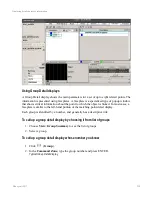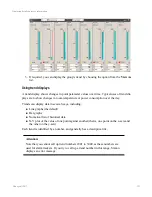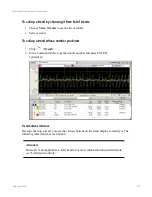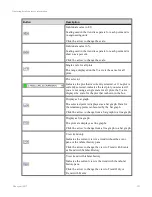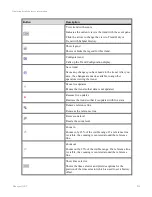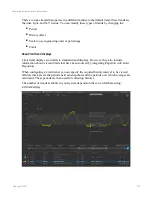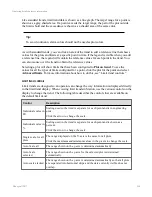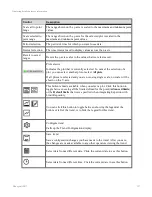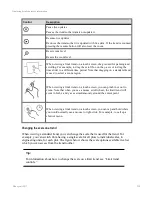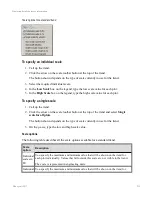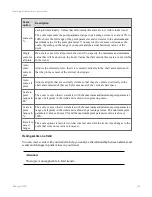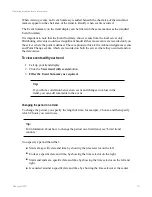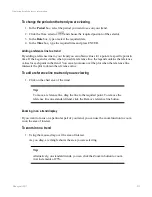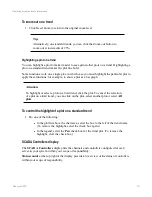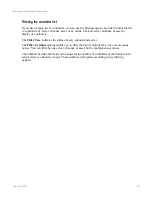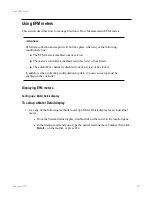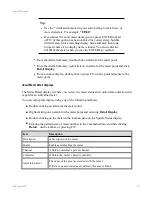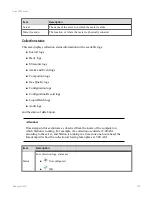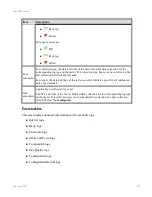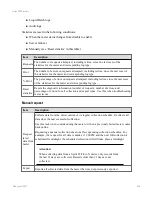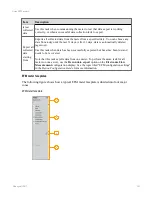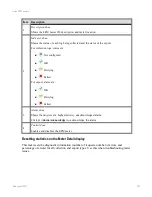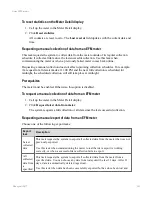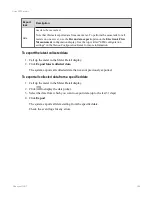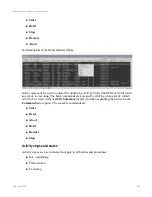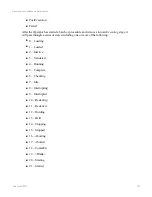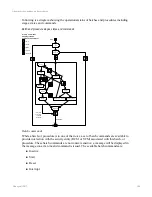
Tip:
The status counts at the top of the
SCADA Controllers
display are not updated
when filtering is applied – they continue to provide an overview of the status
situation.
From the
SCADA Controllers
display you can view status information for channels and
controllers, enable and disable controllers, and use filters to list controllers according to their
status and/or location. You can also sort controllers by their name (default) or number.
The
SCADA Controllers
display contains a table with the following columns:
Column
Description
Enable
Check boxes provide users with the appropriate scope of responsibility and security
level with the ability to enable or disable controllers. Controllers with dual links
have two check boxes, and the ability to enable or disable one or both.
Name
The name of the controller. By default, this column is used to sort the controller list.
Click a controller name to navigate to the
Controller Detail
display for that
controller.
Status
Icons and text to indicate the status of the controller. Controllers with dual links
display icons for both links, and a text aggregate of the two values. For example, a
combination one disabled link and one enabled link will have a text value of
Marginal
.
Possible status values are
OK
,
Marginal
,
Failed
,
Unknown
.
Should a remote server become disconnected or disabled, its channels and
controllers will have a status value of
Unknown
.
Should a Console Station become disconnected, the servers and channels in the
filtering pane lose their status and the controller table is emptied.
Description Any descriptive text about the controller.
Number
The number of the controller on its local server. This column can be used to sort the
controller list.
Server
The name of the local server hosting this controller, and an icon to indicate its
current status.
Channel
The name and status of the channel for this controller. Channels with dual links
display status icons for both links.
Click a channel name to navigate to the
Channel Detail
display for that channel.
Displaying detailed process information
Honeywell 2017
234

